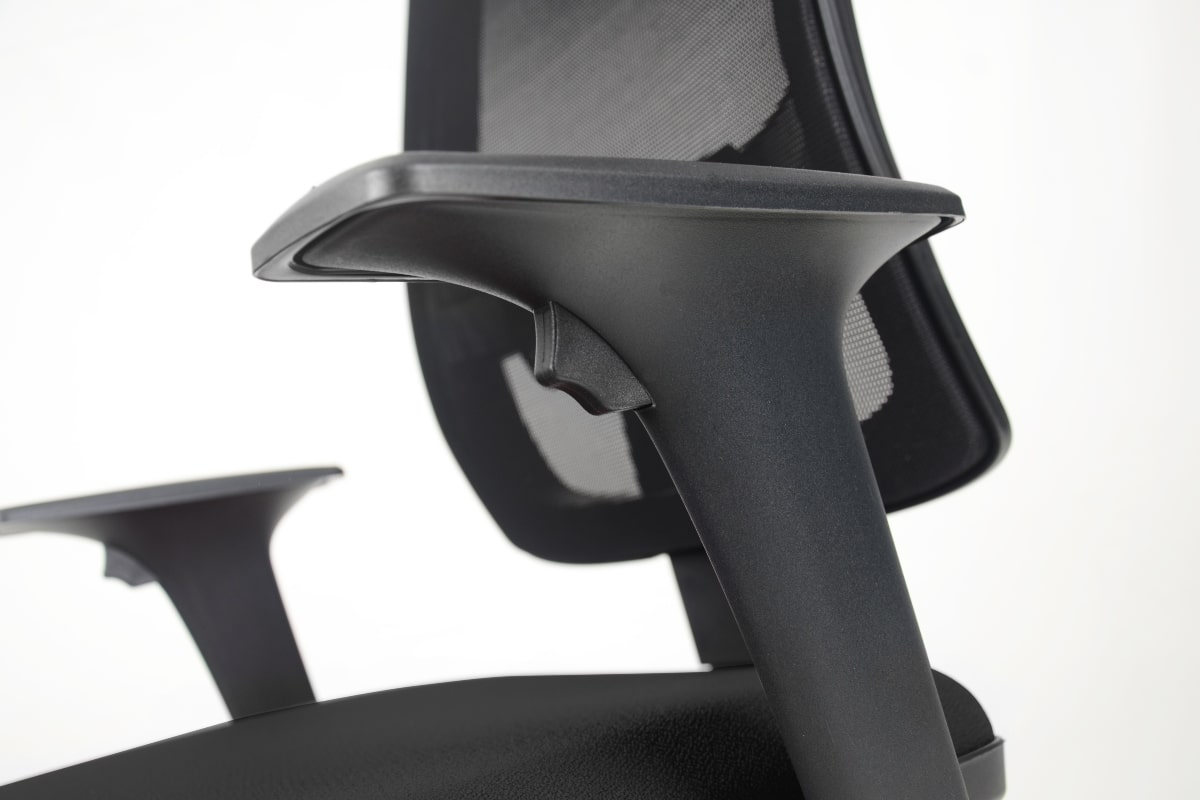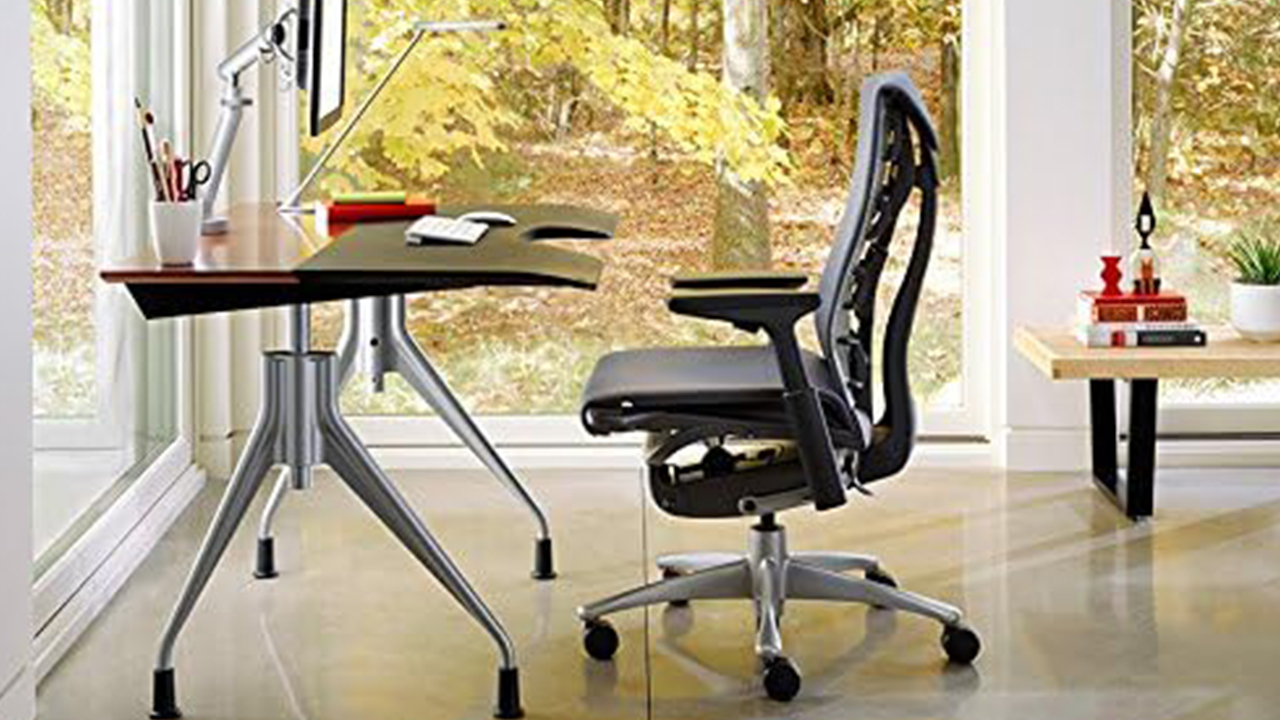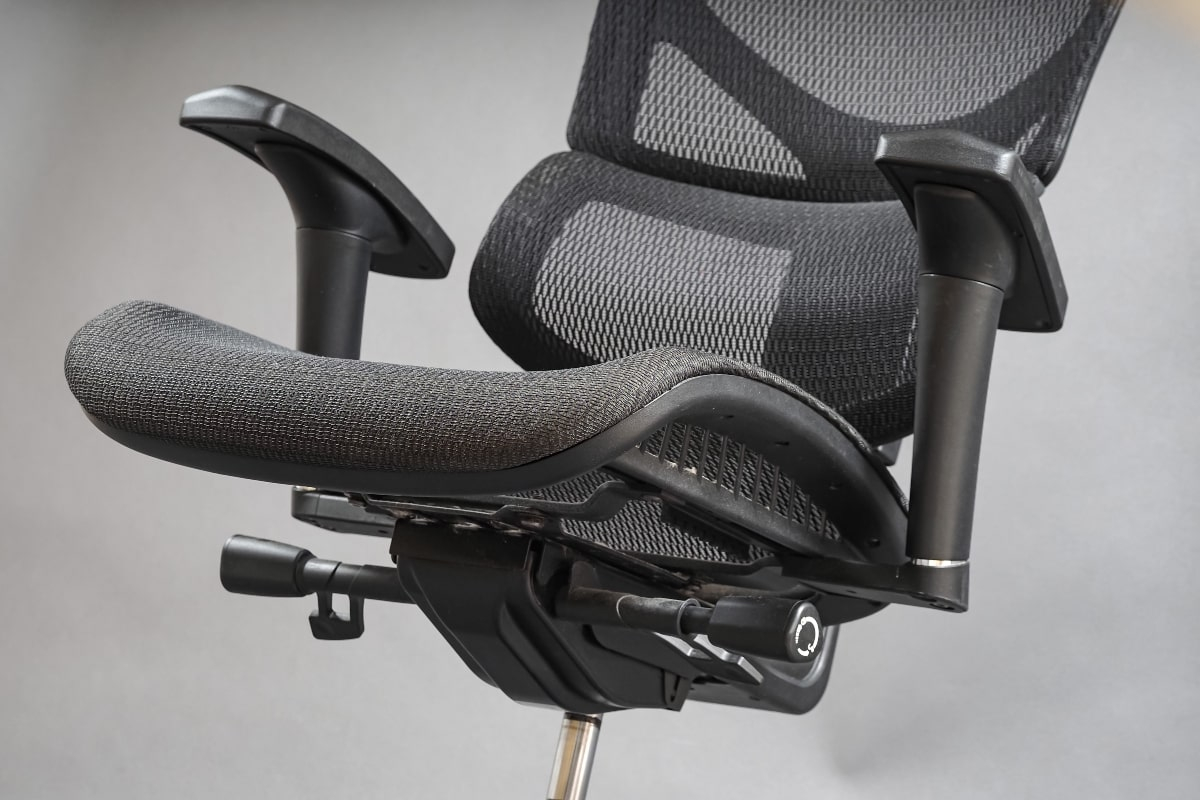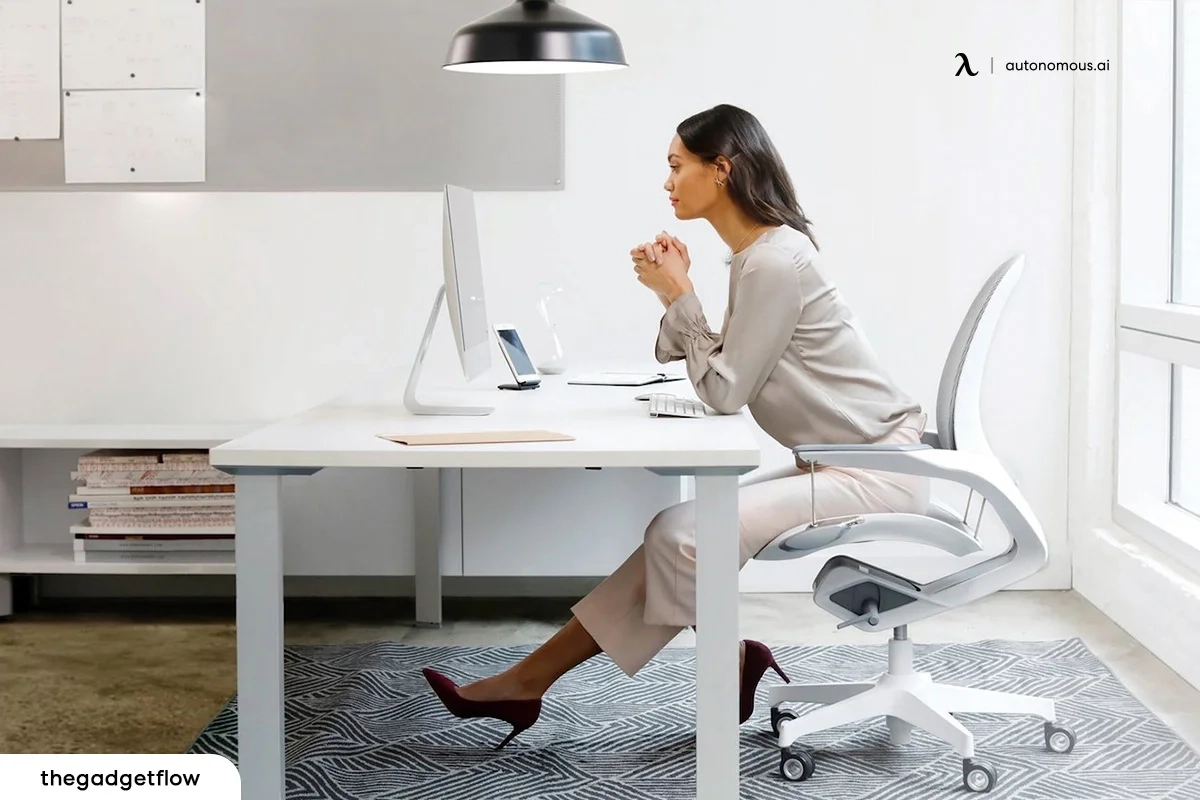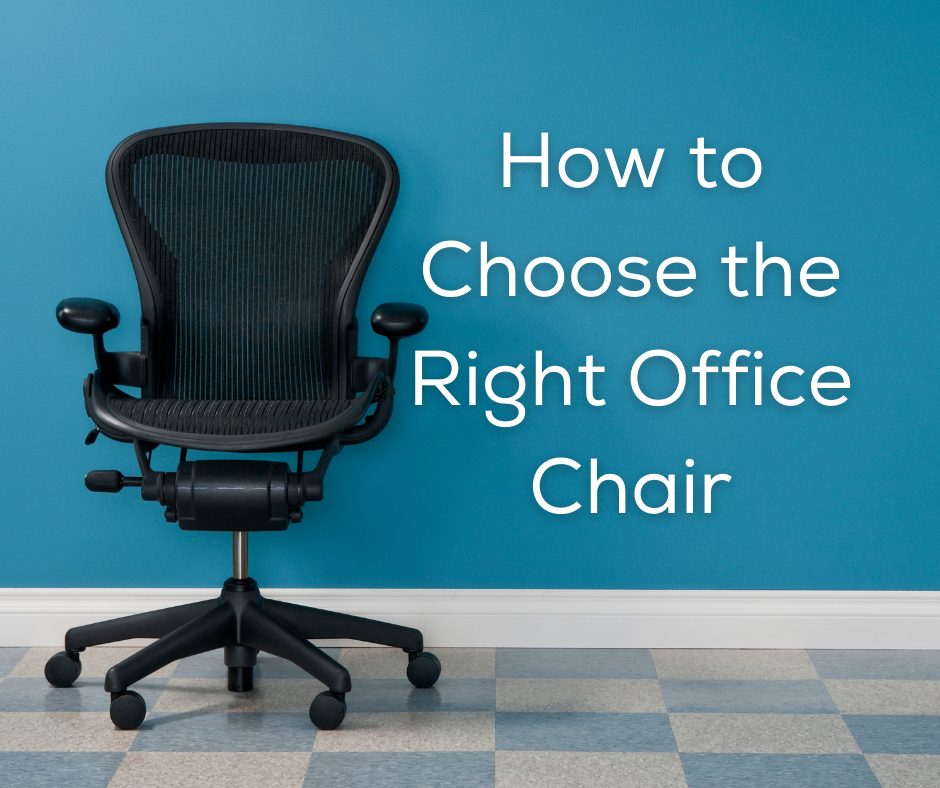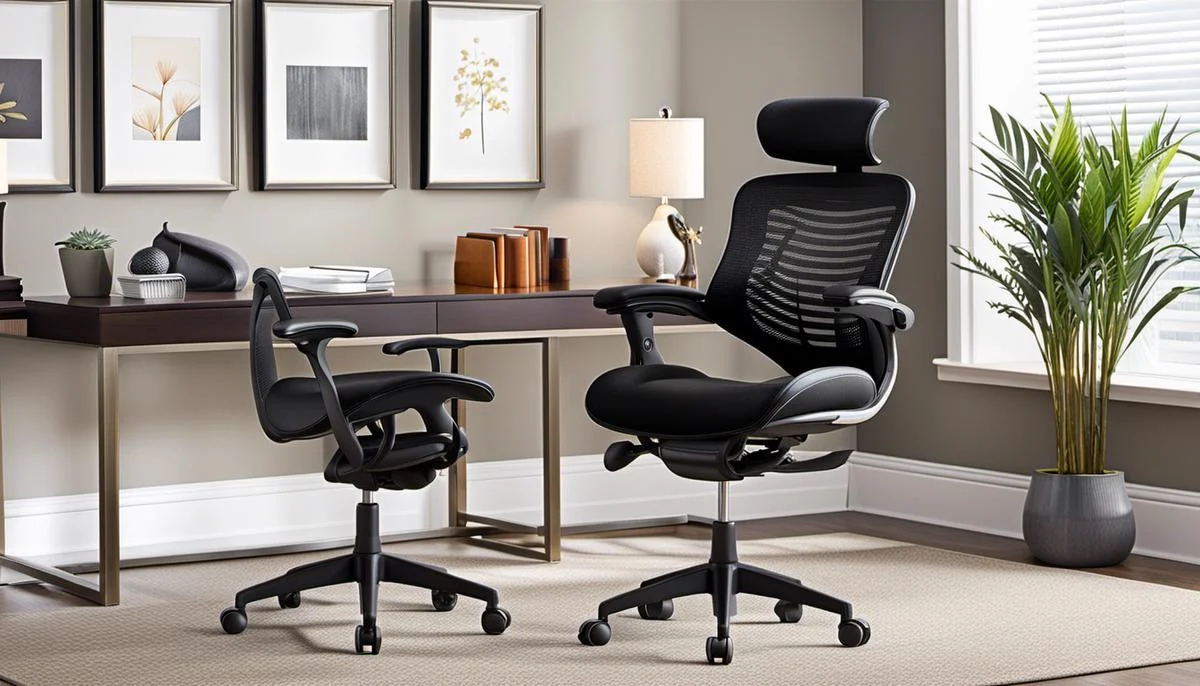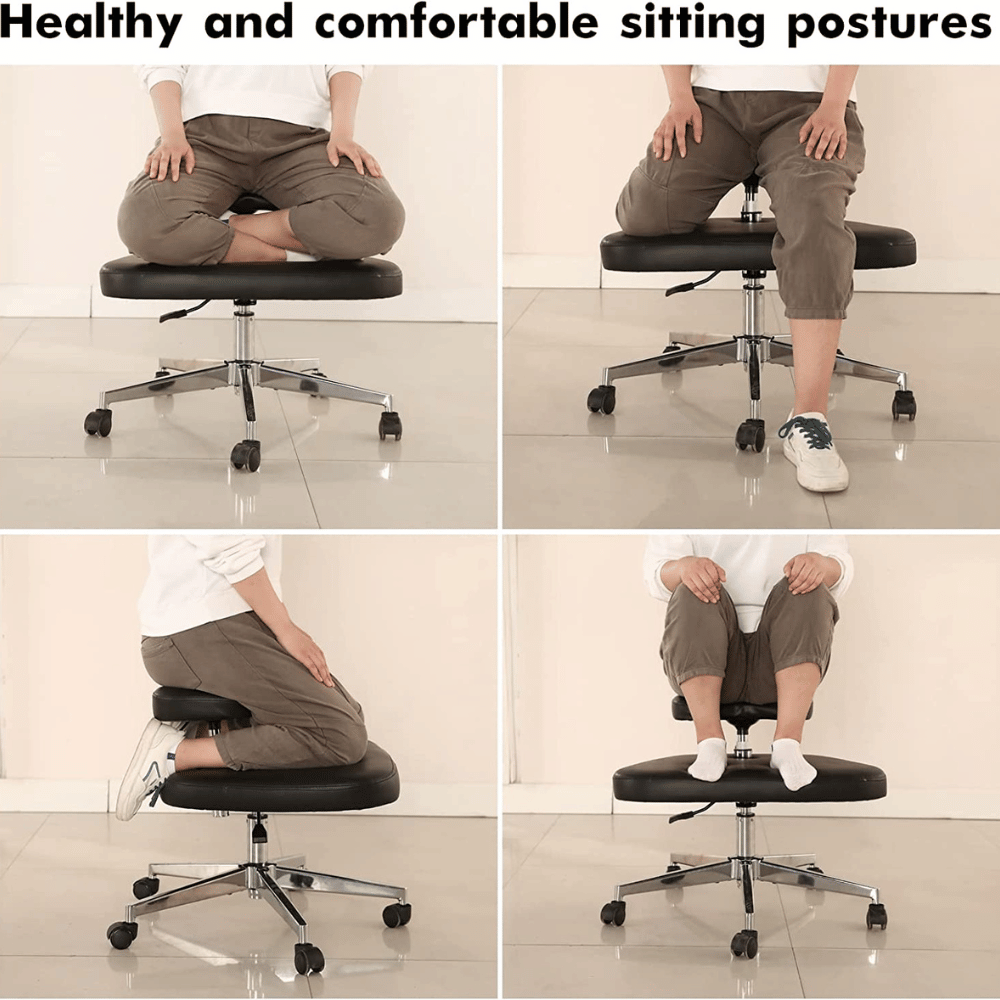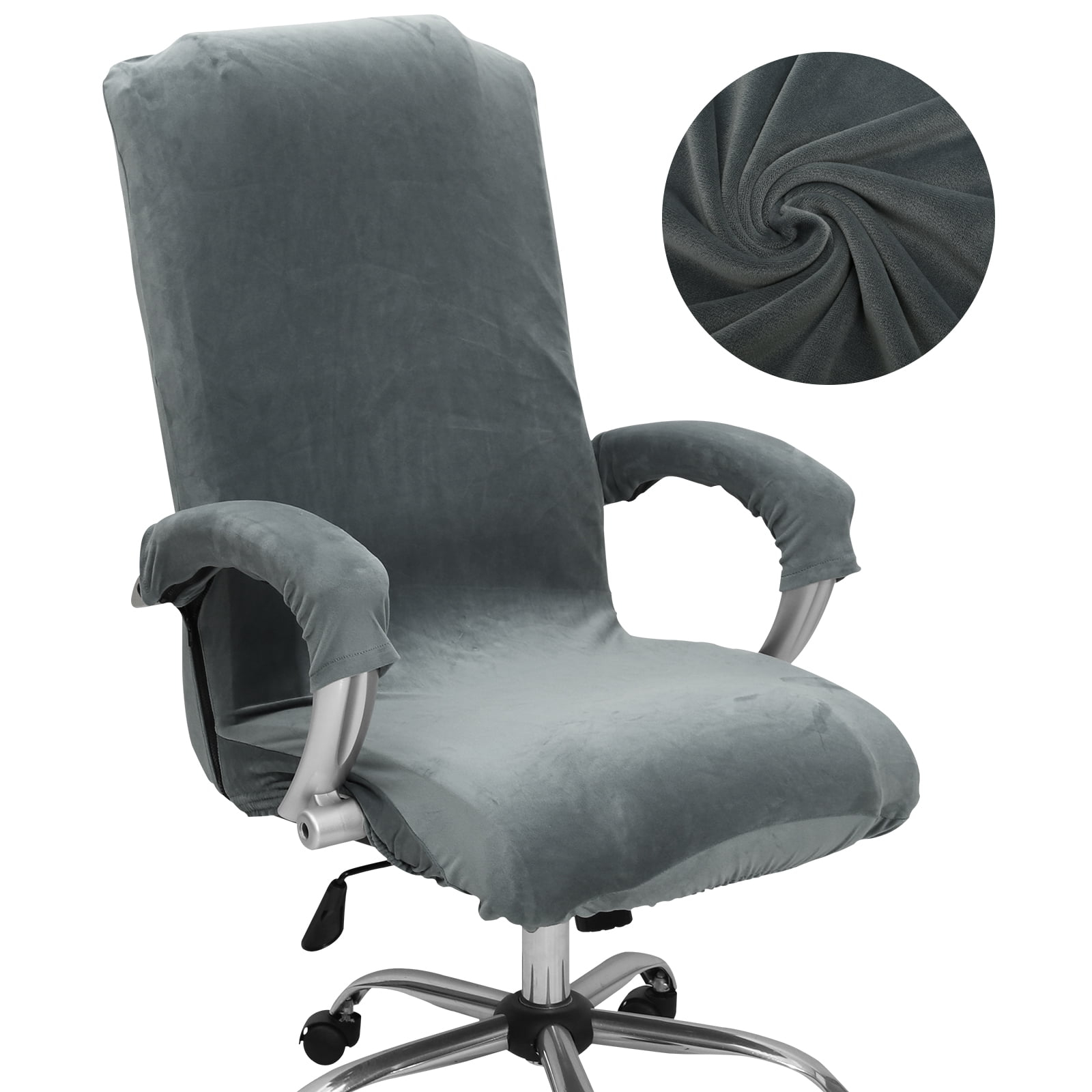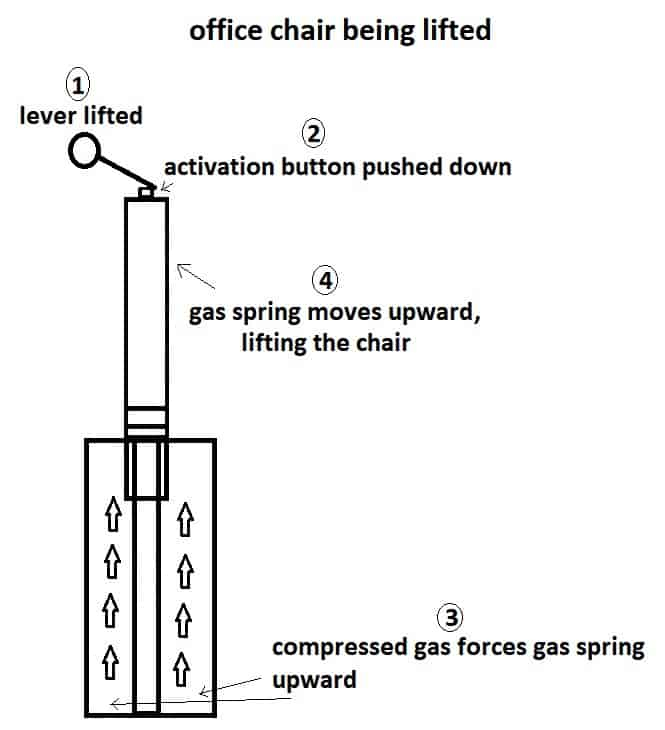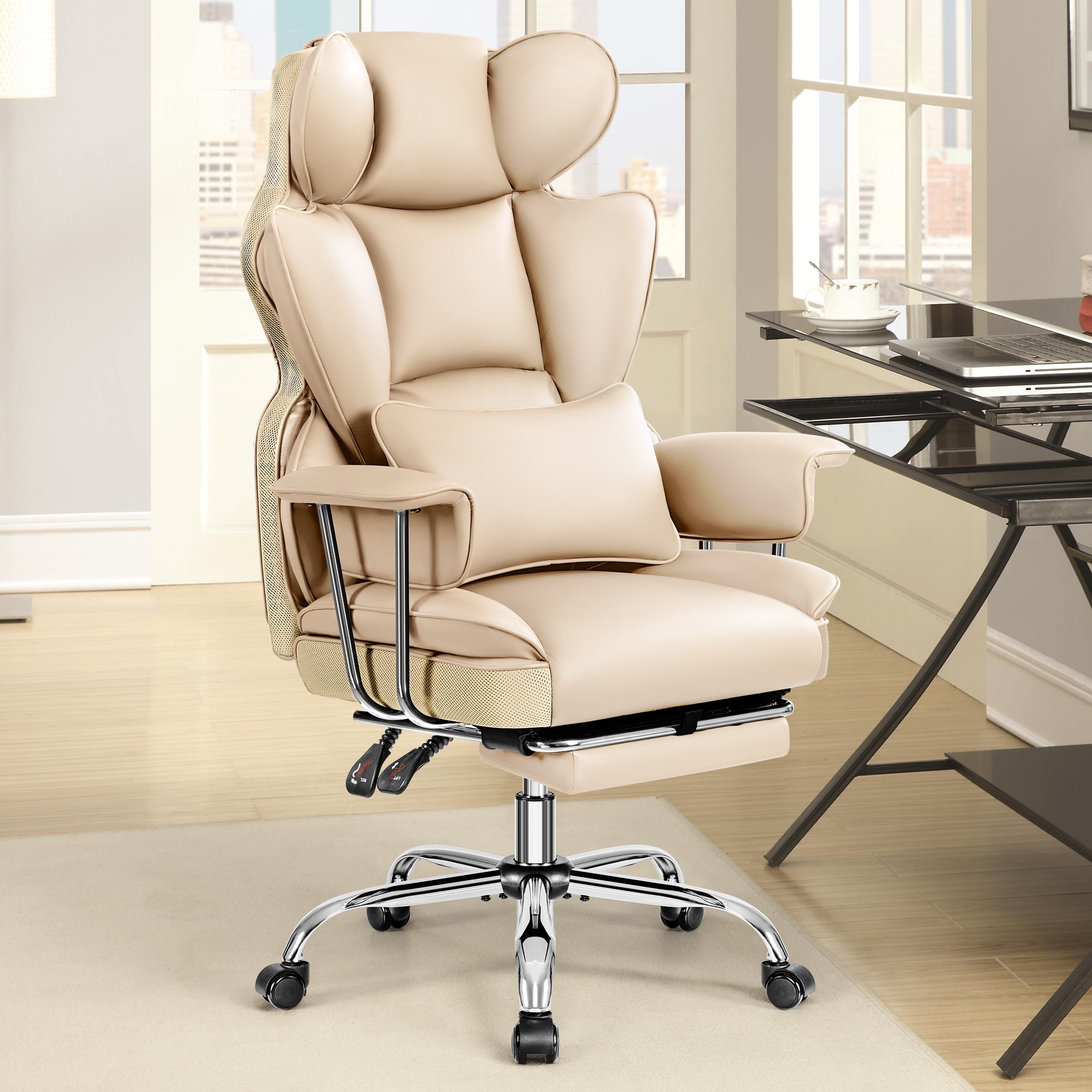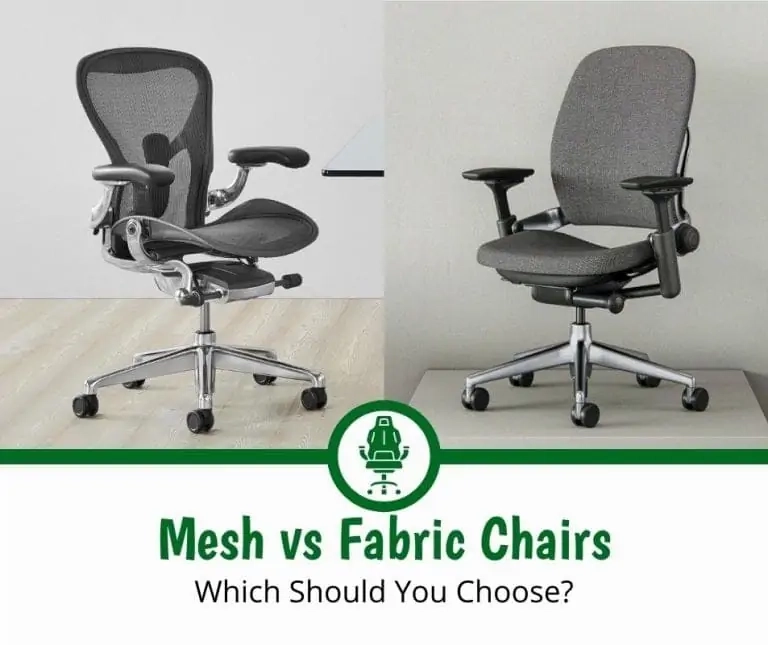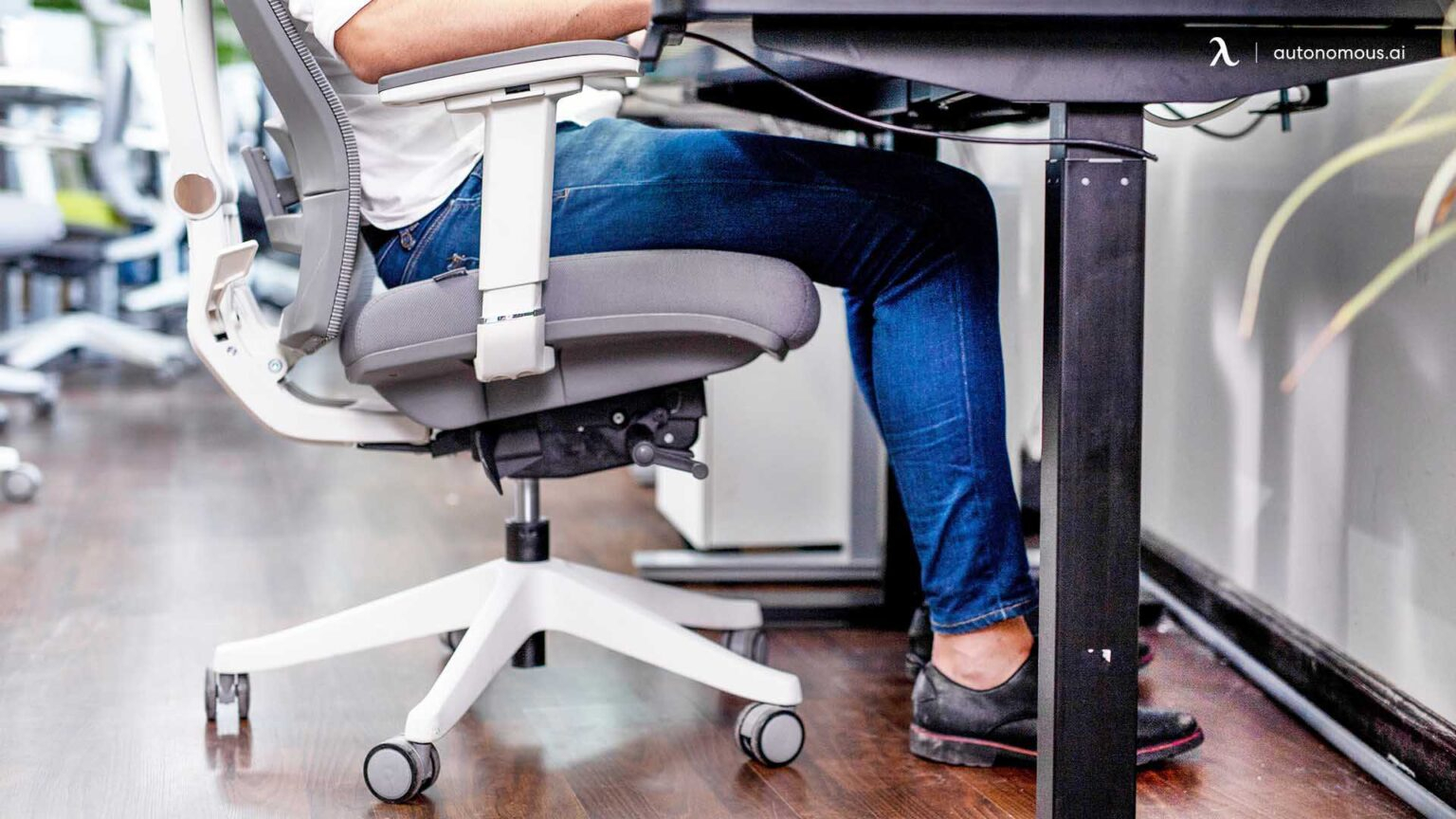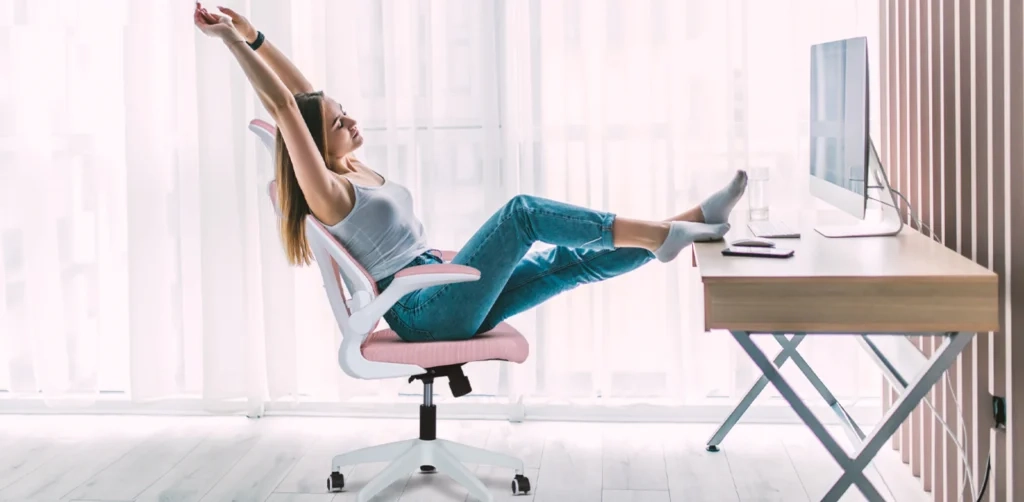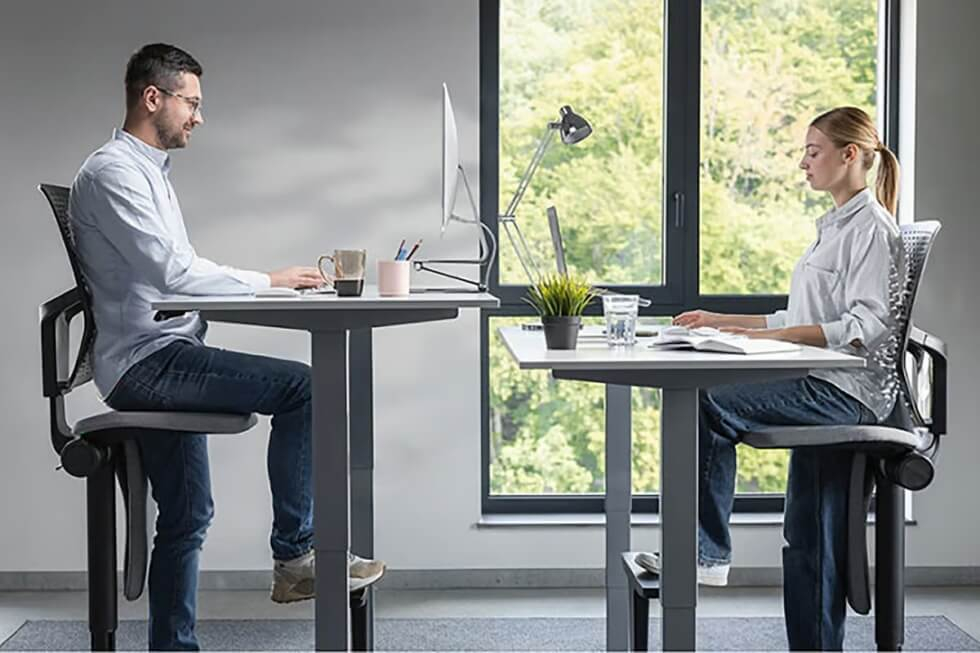Think about it: you spend a significant chunk of your day seated, often hunched over a desk. Isn’t it time your chair worked for you, not against you? Investing in a quality office chair is more than just a comfort choice; it’s a crucial step towards safeguarding your spinal health and ensuring you feel good, both now and in the future. Let’s dive into what truly matters when picking a seat that supports your well-being.
We often overlook the humble office chair, treating it as a mere piece of furniture. But the reality is, the chair you sit in for hours on end has a profound impact on your body, especially your spine. Poor posture, back pain, and long-term spinal issues can often be traced back to an ill-fitting or unsupportive chair. It’s like trying to build a house on a shaky foundation; eventually, things start to go wrong. This guide is designed to help you navigate the world of office chairs and make an informed decision that prioritizes your lasting spinal care. We’ll break down the essential features, the importance of adjustability, and how to find a chair that truly cradles your spine.
Understanding the Pillars of Spinal Support
When we talk about an office chair that’s good for your spine, we’re really talking about ergonomics. This fancy word simply means designing things to fit the user and their environment. For a chair, this translates to supporting the natural curves of your spine. Your spine isn’t a straight stick; it has a gentle S-shape. A good chair helps maintain these curves, particularly the lumbar curve in your lower back. Without this support, your muscles have to work overtime to keep you upright, leading to fatigue and discomfort. Think of it like wearing shoes that don’t fit – your whole body feels the strain.
Key Features to Look For: Beyond the Basics
So, what specific features should you be on the lookout for? It’s not just about a padded seat. Here’s a breakdown:
- Lumbar Support: This is non-negotiable. Adjustable lumbar support that can be moved up and down and in and out is ideal. It should fit snugly into the curve of your lower back.
- Seat Depth and Height: You should be able to adjust the seat height so your feet are flat on the floor with your knees at a 90-degree angle. The seat depth should allow for about two to three fingers’ width between the edge of the seat and the back of your knees. This prevents pressure on the back of your thighs and improves circulation.
- Backrest: The backrest should be tall enough to support your entire back, including your shoulders. It should also be able to recline slightly to allow you to change your posture throughout the day.
- Armrests: Adjustable armrests are fantastic. They should be at a height that allows your shoulders to relax and your forearms to rest comfortably, parallel to the floor. If they’re too high, they can cause shoulder scrunching; too low, and they offer no support. Sometimes, removable armrests are a good option if you prefer more freedom of movement.
- Swivel and Wheels: These features allow for easy movement and access to your workspace without straining your body. Just make sure the wheels are suited to your floor type (e.g., carpet casters vs. hard floor casters).
The Magic of Adjustability: Tailoring Your Chair
One size certainly doesn’t fit all when it comes to office chairs. The real secret to lasting spinal care lies in adjustability. Every body is different, and what works for one person might not work for another. Being able to fine-tune your chair to your specific body dimensions is paramount. This includes adjusting the seat height, seat depth, backrest angle, and armrest height. When you can customize these elements, you’re setting yourself up for optimal support and comfort, reducing the strain on your back and neck. It’s about creating a personalized ergonomic sanctuary.
Material and Comfort: More Than Just a Pretty Seat
While support is key, comfort plays a role too, and the materials used can significantly impact both. Breathable mesh is a popular choice because it keeps you cool and prevents that sticky feeling on hot days. Upholstered chairs can offer more cushioning, but ensure the padding is firm and supportive, not too soft that you sink into it. The seat edge should be slightly curved or waterfall-style to reduce pressure on the back of your legs. And don’t forget the base – a sturdy five-star base offers the best stability and durability.
Putting It to the Test: Trying Before You Buy
Reading about chairs is one thing, but experiencing them is another. If at all possible, try out chairs in person before making a purchase. Sit in them for at least 10-15 minutes. Adjust everything you can. Does the lumbar support feel right? Can you comfortably reach your keyboard? Do your feet rest flat on the floor? Don’t be shy about testing it thoroughly. If buying online, check the return policy carefully. Sometimes, investing a bit more upfront in a chair you can try can save you a lot of pain and money down the road.
Beyond the Chair: The Importance of Movement
Even the most perfectly fitted office chair can’t do all the work for you. Remember, prolonged sitting, even in a great chair, isn’t ideal. It’s crucial to incorporate regular movement into your workday. Stand up, stretch, and walk around every 30-60 minutes. Simple exercises like shoulder rolls, neck stretches, and back twists can make a world of difference. Think of your chair as a supportive partner, but your body still needs to be an active participant in its own well-being. A good chair enables good posture, but movement keeps your muscles engaged and your spine healthy.
Choosing an office chair that supports your spine is a significant investment in your overall health and productivity. By understanding the importance of ergonomic design, focusing on key features like lumbar support and adjustability, and prioritizing comfort and stability, you can find a chair that truly makes a difference. Don’t underestimate the power of a good seat. Take the time to research, test, and select a chair that will serve you well for years to come, helping you maintain a healthy, pain-free spine and a more comfortable workday. Your future self will thank you.

